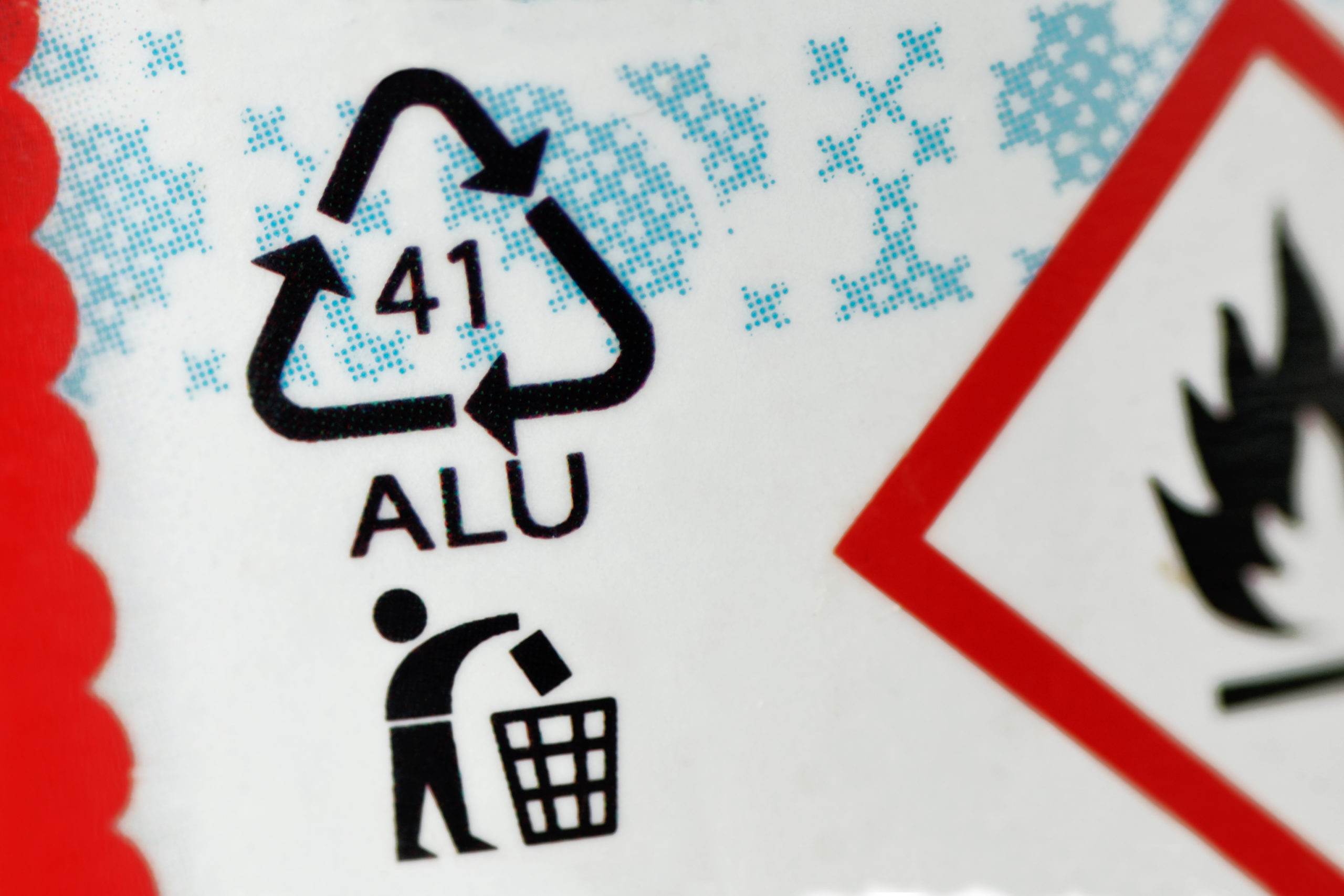Taking decisive steps now can guarantee jobs growth and sustainability
By Pratapaditya Mishra and Binay Krushna Mahapatra
The aluminium industry has a high potential for creating jobs.
Consider that the production of 1 Mln MT of Aluminium would create about 200,000 jobs that can offer a living wage to well-trained workers. In order to spur growth in India’s aluminium industry, a revitalisation plan, which includes a stimulus package and dealing with tariff and non-tariff issues has been suggested.
What should such a plan include?
Firstly, there should be a higher emphasis on essential end-use sectors like power and packaging. Secondly, multiple supply chain alternatives for shipments should be established by creating strategic marketing tie-ups with competitors to utilize their marketing base in regions less-affected by COVID-19. Producers would also do well to consider alternative sales channels, such as traders, new potential end-users, e‑retailers, spot auctions, etc.
Another important aspect of any aluminium industry revamp needs to involve ramping up recycling initiatives. Why? Because recycling aluminium requires up to 95% less energy than primary production. Recycling should be given due importance in order to ensure the long-term sustainability of the industry. Secondary recycling should be promoted to contribute 30–35% of domestic metal requirements in line with the international trend.
There are also any number of more specific measures that can be taken to make the industry more sustainable, robust and efficient. On the production end, one energy-saving solution involves using hot metal to make use of energy (gas and power) to produce high value-added products (VAP) instead of producing a high volume of lower VAP. In addition, inventory and management of raw materials and consumables will be key factors, together with developing strong data analytics to monitor the price movements of raw materials to fine tune the demand-supply and procurement cycle.
However, upstream efficiencies also mean that it will be necessary to drive downstream production in each country to keep VAP in inventory. Alternatively, there is the possibility of entering new market territories, building a wider base to mitigate the short-term risk of market fluctuations due to COVID-19.
Certainly upstream and downstream need to coordinate, focusing on and expanding R&D during the next few years in order to develop and facilitate localized sourcing. In the early stages, primary producers would play a handholding role in the development of the ancillary and downstream industry segment.
All of this requires strategic organizational structures with a commitment to investing in automation, continuous improvement efforts and employee training with the aim of keeping the cost to the company low.
There is, of course, another important player in this context: the Indian government. How could the government work towards encouraging the renewal of India’s aluminium industry?
The first step would involve support in terms of tax relief, import duty reduction and export benefit. It is also important to balance duties in the case of scrap to help both primary and secondary producers. The government could also help revive the consumer market by way of tax relief to auto buyers and sellers.
More specific measures should also be considered. There is the possibility of the allocation of coal block to the aluminium industry under the government dispensation route; aluminium manufacturing is a power-intensive industry with nearly 40% of input cost being the cost of power. A consistent supply of coal is essential for the survival and growth of the aluminium industry.
Mining and technology are also part of the equation. Bauxite needs to be conserved; India will have Bauxite for approx. 45–50 years at present reserve and consumption levels. The mineral needs to be conserved to ensure long-term benefits from value-addition within the country. With revised IBM guidelines (increasing cut-off limit of reactive silica from 3 to 5%), Indian alumina refineries will have to process lean bauxite ores thus conserving the precious mineral. The development of applications and the introduction of new technology through Industry 4.0 in a process industry, such as the aluminium sector, will be increasingly important.
When it comes to creating a level playing field vis-à-vis regional competitors, import duties ought to be reconsidered. With a view to protecting Aluminium MSMEs, import duty on cheap, end-use aluminium products from China and other countries in the series 7603 to 7612 should be increased by 5% to 10% and metal ingot (7601) and scrap (7602) import duty should be boosted by 5%.
It’s also important that the aluminium industry be given core industry status and a National Aluminium Policy needs to be introduced. What should such a policy look like?
To start with, a National Aluminium Scrap Policy should be introduced to regulate the import & use of aluminium scrap. This type of policy would also help avoid any reduction in the quality of recycled aluminium. The challenges of aluminium MSMEs needs to be studied and a comprehensive package extended. This could include handholding to be done by home plants along the lines of what is already being done in China.
The financial situation also needs to be reviewed and plans drawn up for loan restructuring and/or the long-term refinancing of loans. In addition, the aluminium industry could be encouraged by offering suitable incentives to spend CAPEX in setting up new facilities and/or updating existing ones. Another financial consideration should be a moratorium on royalty on mineral ore and coal mining & coal cess (or carbon tax) for this FY-21.
Finally, and importantly, measures must be implemented to develop demand.
The Indian Government, in consultation with the Indian Aluminium Industry, would benefit by developing policies and guidelines for increasing aluminium consumption in the applications that involve improving automobile performance, replacing steel coaches in suburban trains and goods trains with aluminium wagons, using aluminium for residential and commercial construction, promoting the use of aluminium in food packaging, and mandating the use of aluminium in Smart City Projects as a green initiative.
